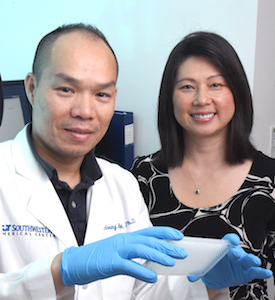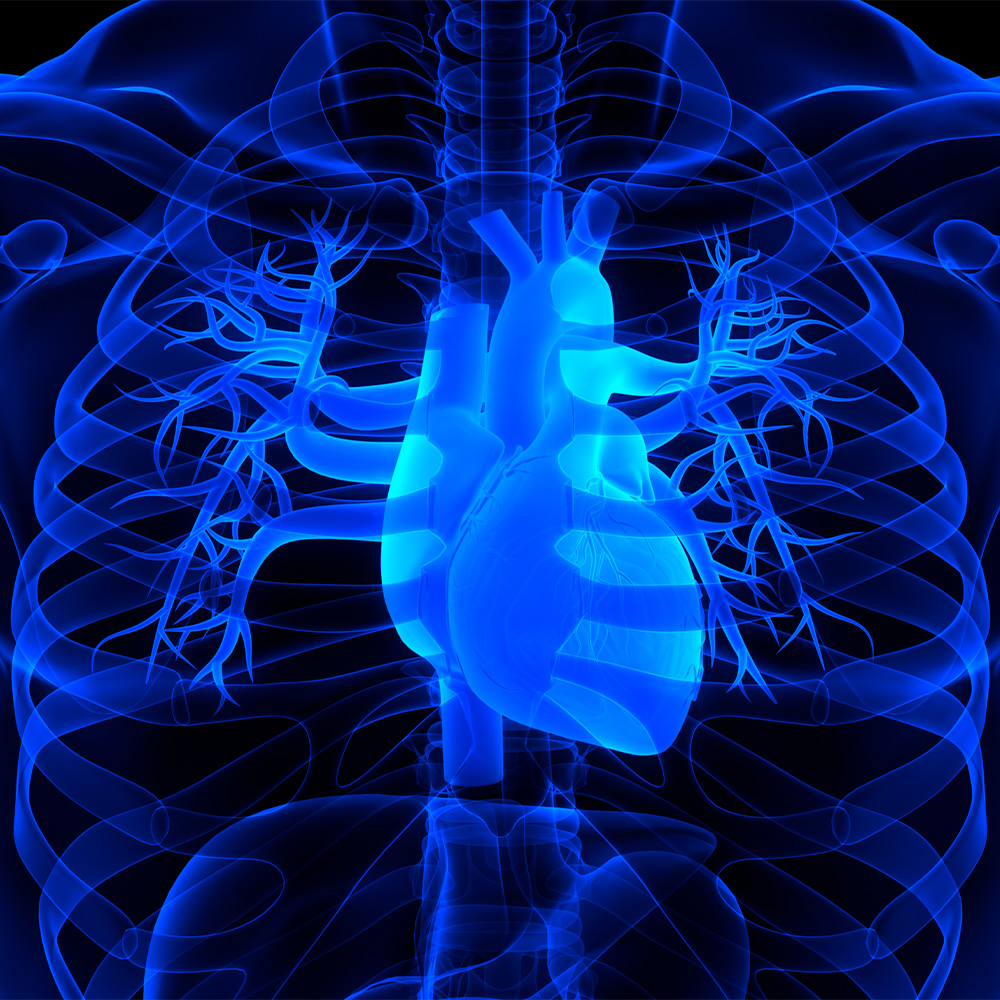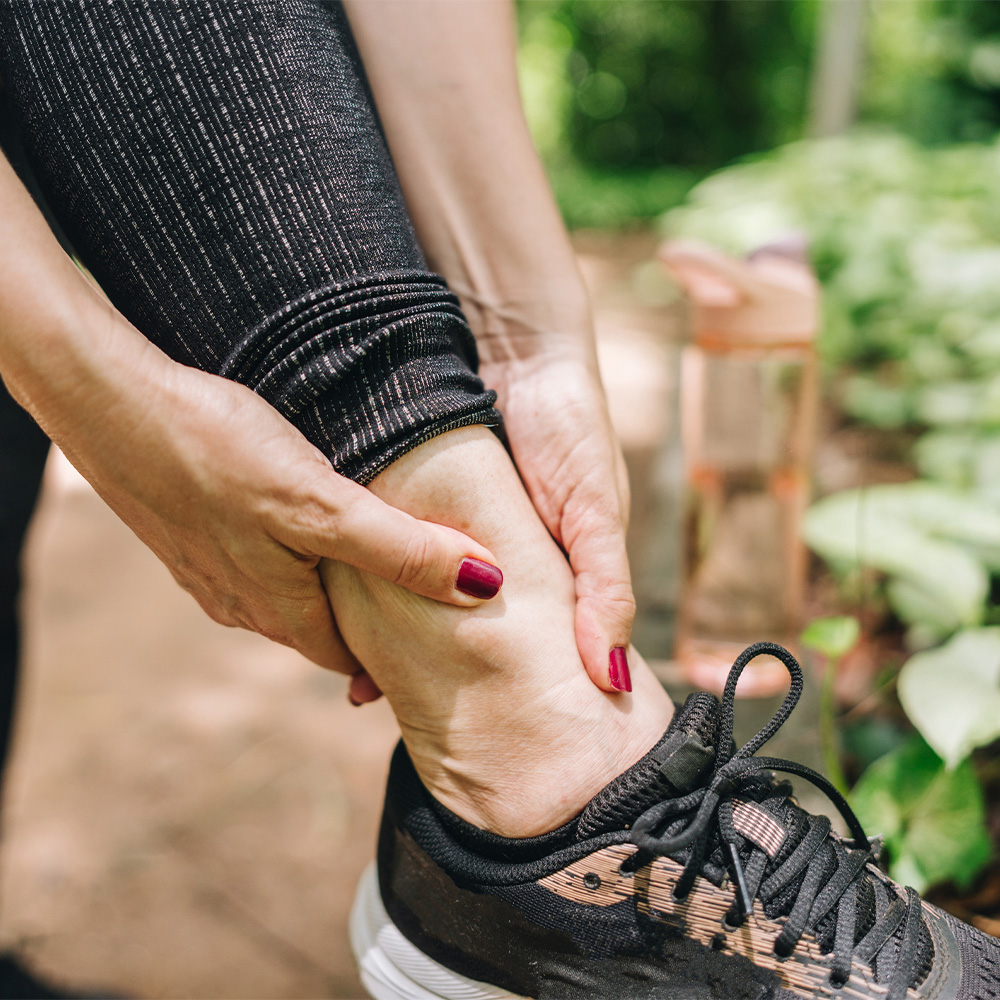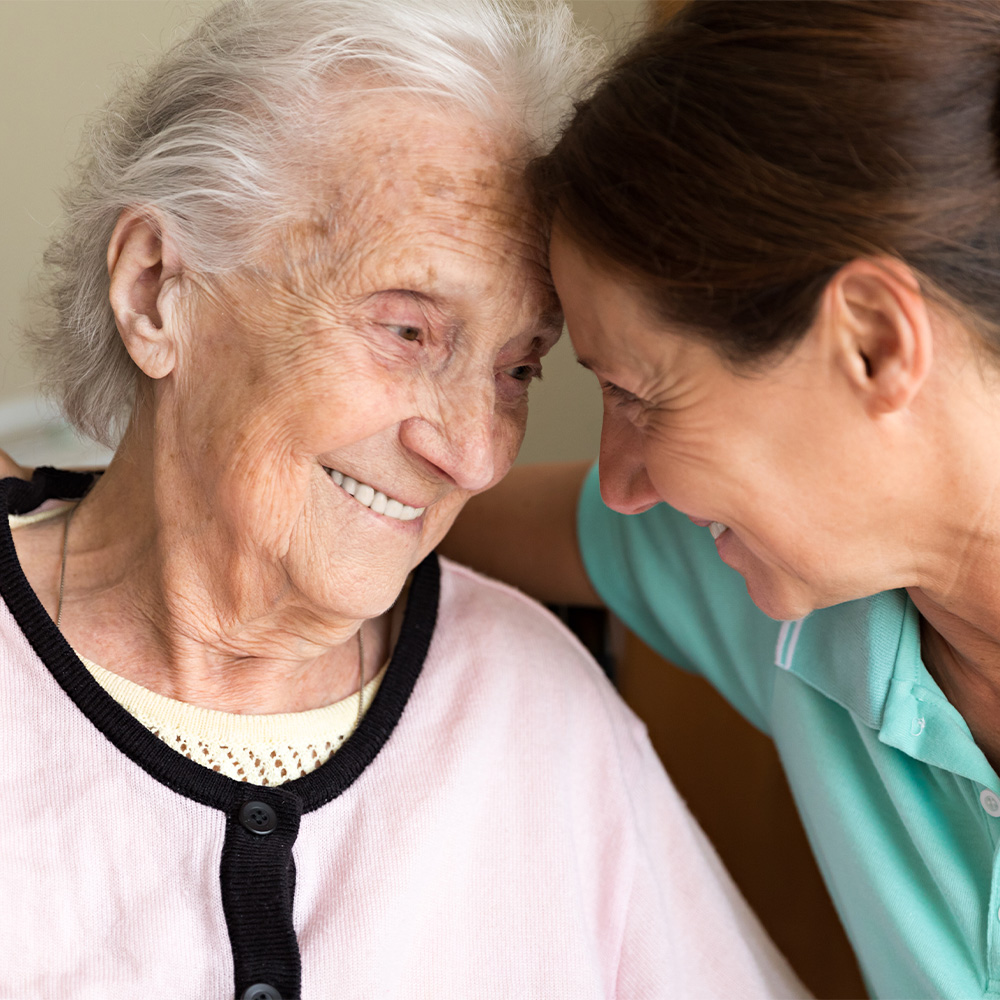Maternal lipid receptor linked to bone health in offspring

DALLAS – June 2017 – UT Southwestern Medical Center researchers have found that a metabolic abnormality affects the quality of breast milk, leading to improper bone development in offspring.
In a study using mouse models and published in the journal Cell Reports, the researchers describe the effects of the lack of working receptors for very low-density lipoprotein (VLDL) – large molecules that carry fat and cholesterol in the blood. Receptors sit on the surface of cells. When working properly, specific receptors attach to particular lipoproteins as they float by in the blood and draw those molecules into cells, where they are used for a variety of processes.
The researchers studied a lack of VLDL receptors in both mouse mothers and their nursing pups and found surprisingly divergent effects. When adult female mice lacked VLDL receptors, their nursing pups showed thickened bones due to impaired bone turnover. In contrast, when the pups lacked VLDL receptors, the result was thinning bones due to too much bone breakdown, the study found.
“This study and our earlier work reveal the roles of maternal VLDL receptors to ensure breast milk quality and to protect the offspring from bone or inflammatory abnormalities during infancy and adulthood,” said study senior author Dr. Yihong Wan, Associate Professor of Pharmacology at UT Southwestern.
An understanding of the mechanisms by which breast milk nourishes and protects newborns is fundamentally important to the prevention and treatment of childhood diseases, as well as to the development of better infant formula, she explained.
“Bone is a living tissue that requires continual repair and renewal by balancing the breakdown of old bone and the formation of new bone to maintain its quantity as well as quality,” said Dr. Wan. Diminished bone repair due to inadequate breakdown can lead to brittle bones that are at risk of breakage despite being thickened. Too much breakdown without renewal can cause bone thinning, which also increases the risk of fracture, she explained.
“Our previous studies unexpectedly revealed that maternal genetic or dietary defects, including the loss of maternal VLDL receptors, can increase pro-inflammatory lipids or decrease anti-inflammatory enzymes in breast milk, resulting in systemic inflammation and fur loss in nursing pups. In the current study, we found that maternal loss of VLDL receptors also leads to multiple changes in the composition of breast milk, causing bone thickening in pups that persists into early adulthood,” said Dr. Wan.
As in humans, the mammary glands that produce milk in mice are made up mostly of fat cells. In a series of tests, the researchers found that the high bone mass and impaired bone turnover in pups nursed by mothers genetically lacking VLDL receptors was due to excessive activation of a molecule called mTOR (mechanistic target of rapamycin) in the mammary glands’ fat cells. The buildup of mTOR activity led to increased levels of pro-inflammatory molecules in the lactating mammary gland and an accumulation of cholesterol precursors in the milk, she explained.
“We were able to rescue the pups from both bone and fur-loss problems by providing an FDA-approved immunosuppressant drug called rapamycin to the VLDL receptor-deficient female mice,” said lead author Dr. HoangDinh Huynh, a research scientist in Pharmacology.
Further study is needed to determine whether the VLDL receptor effects seen in mice would correspond to similar outcomes in human nursing mothers or offspring.
Dr. Wan holds the Lawrence G. Raisz Professorship in Bone Cell Research and is a Virginia Murchison Linthicum Scholar in Medical Research.




